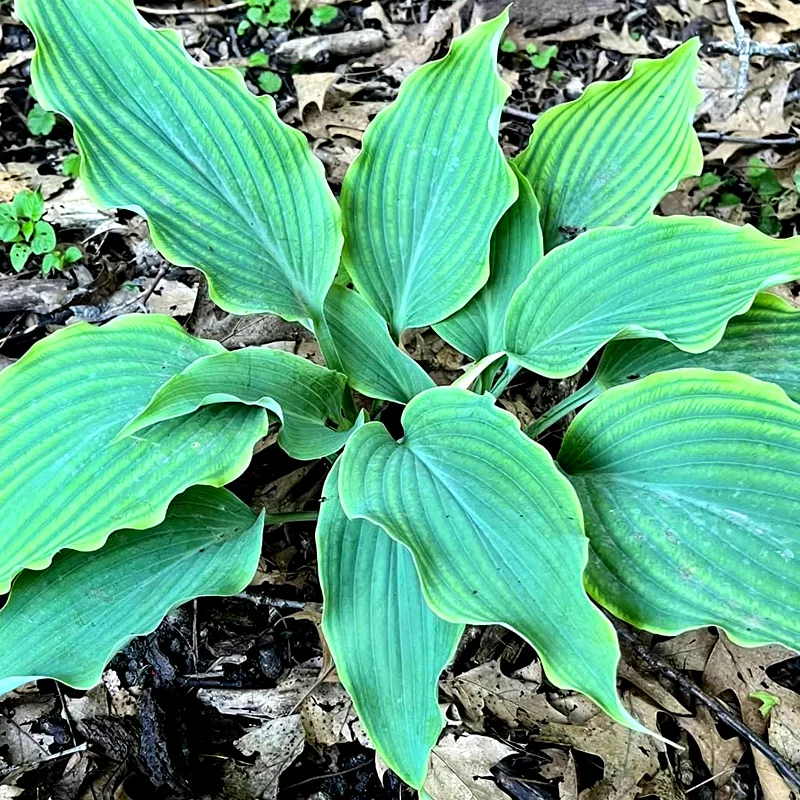FAQs About Magnolia Officinalis: Everything You Need to Know
When I first encountered Magnolia Officinalis, I was intrigued by its rich history and medicinal uses. If you’re like me and have a curiosity about this fascinating plant, here’s a comprehensive guide to some of the most frequently asked questions about Magnolia Officinalis.
371 Species in Genus Magnolia
What is Magnolia Officinalis Bark?
Magnolia Officinalis bark comes from the Magnolia Officinalis tree, which is native to China. The bark has been used in traditional Chinese medicine for centuries. It’s known for its therapeutic properties, including its ability to aid digestion and relieve stress. The bark is harvested from mature trees and then dried and processed for various medicinal uses.
Which Meridian Does Magnolia Officinalis Enter?
In Traditional Chinese Medicine (TCM), Magnolia Officinalis is believed to enter several meridians. It primarily affects the Spleen and Stomach meridians. This means it’s often used to treat issues related to digestion, such as bloating and nausea. Its action on the Spleen and Stomach meridians helps to balance the body’s digestive system and improve overall gastrointestinal health.
Magnolia Officinalis Flower vs Grandiflora: What’s the Difference?
Magnolia Officinalis and Magnolia Grandiflora are two different species within the Magnolia genus. Magnolia Officinalis is valued for its medicinal bark, while Magnolia Grandiflora is known for its large, fragrant flowers and glossy leaves. Magnolia Grandiflora is more commonly grown for ornamental purposes in gardens and landscapes. In contrast, Magnolia Officinalis is primarily used for its bark in traditional medicine. While both have their own unique qualities, they serve very different purposes.
How to Care for Magnolia Officinalis?
Caring for Magnolia Officinalis requires attention to specific needs. It prefers well-drained, loamy soil and a sunny to partially shaded location. Regular watering is important, but be cautious of overwatering, as this can lead to root rot. It’s also helpful to mulch around the base of the tree to maintain soil moisture and regulate temperature. Proper care will ensure a healthy tree and, consequently, high-quality bark.
How to Propagate Magnolia Officinalis?
Propagating Magnolia Officinalis can be done through several methods, including seed sowing and cuttings. Seeds should be sown in a well-drained seed-starting mix and kept in a warm, sunny location. If using cuttings, take them from healthy, mature branches in late summer or early fall. Dip the cut ends in rooting hormone before planting them in a pot with a well-draining mix. Keep the cuttings moist and warm until they develop roots.
What to Plant With Magnolia Officinalis?
When planting Magnolia Officinalis, it pairs well with other plants that thrive in similar conditions. Consider companion plants like ferns, hostas, or shade-tolerant perennials. These plants complement Magnolia Officinalis’s needs for well-drained soil and partial shade. They also create a harmonious garden environment, enhancing the overall aesthetic of your garden space.
Can You Grow Magnolia Officinalis Indoors?
Growing Magnolia Officinalis indoors is challenging due to its size and specific care requirements. It’s best suited for outdoor environments where it has room to grow. However, if you have a large enough indoor space, you might attempt to grow it in a container. Ensure it receives adequate light and proper care, though it’s not ideal for indoor cultivation.
Is Magnolia Officinalis Toxic?
Magnolia Officinalis is not typically considered toxic. However, as with many medicinal plants, it’s crucial to use it appropriately. Excessive consumption of Magnolia Officinalis bark can lead to adverse effects. Always consult with a healthcare professional before using it for medicinal purposes to ensure safety and appropriate use.
Benefits of Magnolia Officinalis
Magnolia Officinalis is celebrated for its numerous health benefits. It is known for its anti-inflammatory and digestive properties. Traditional uses include treating digestive disorders, reducing stress, and alleviating anxiety. Its bark is also used to support the immune system and promote overall well-being.
Common Problems with Magnolia Officinalis
One common issue with Magnolia Officinalis is susceptibility to pests like scale insects and aphids. Regular monitoring and appropriate pest control measures can help manage these problems. Additionally, ensuring proper drainage and avoiding overwatering will help prevent root rot, a common issue in moist conditions.
Compare Magnolia Officinalis with Similar Plants
Magnolia Officinalis is often compared to other medicinal plants like Magnolia Grandiflora and Magnolia Sieboldii. While Magnolia Grandiflora is primarily used for ornamental purposes, Magnolia Sieboldii has similar medicinal properties but is less commonly used than Magnolia Officinalis. Understanding these differences can help in choosing the right plant for your needs.
Magnolia Officinalis is a remarkable plant with a rich history in traditional medicine. Whether you’re interested in its medicinal uses or simply appreciate its unique characteristics, this guide should provide you with a solid foundation for understanding and working with this versatile plant.
If i die, water my plants!



